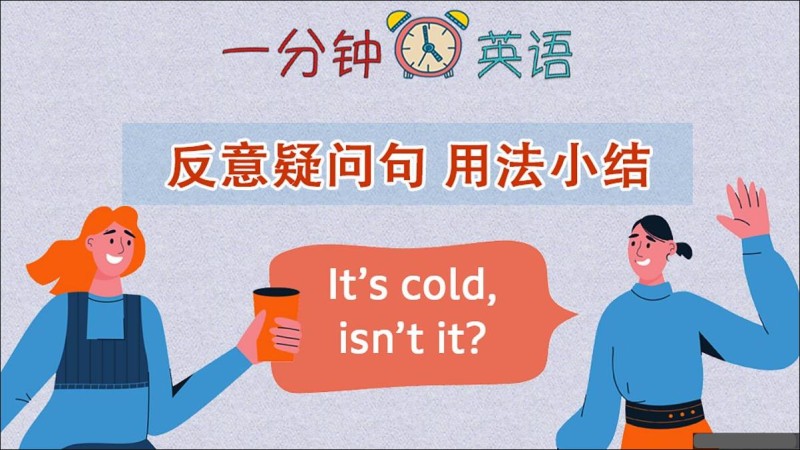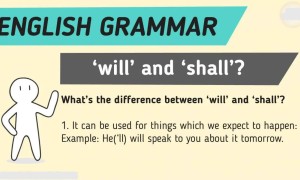内容简介
英语中的反意疑问句通常用来向他人求证一件事情。这类句子的基本结构是:陈述部分+疑问部分。在把肯定式或否定式的陈述部分变成反意疑问句的时候,需要注意哪些结构和时态上的变化?看视频,学习反意疑问句的基本用法。
文字稿
Hi! I’m Tom. And today I’m going to show you how to use tag questions.
We use tag questions to ask for //confirm/i/iation.
For example: It’s a melon, isn’t it?
Isn’t it has a similar meaning to ‘do you agree’.
When the statement is positive, we make a negative question. And, when the statement is negative, we make a positive question.

It isn’t a banana, is it?
We can use other auxiliary verbs with tag questions. And these show a change in tense and meaning.
For example: You won’t eat my melon, will you?
When there is no auxiliary verb, we make a question using ‘do’.
Elly, you really like melons, don’t you?
She really does!
用法总结
1. 反意疑问句的基本结构是:陈述部分+疑问部分。疑问部分可用系动词 “be” 以及 “can”、“should”、“will” 等助动词,或动词 “do”,这些动词根据陈述部分的时态和含义变化。
It’s a melon, isn’t it?
We should go to work tomorrow, shouldn’t we?
You really like melons, don’t you?
2. 反意疑问句通常用来向他人求证一件事情,其疑问部分可以理解为 “是这样吗” 或 “你同意吗”。
It’s cold, isn’t it?
He can’t swim, can he?
3. 通常情况下,如果反意疑问句的前半句为否定式,疑问部分则应为肯定式。
It isn’t a banana, is it?
You won’t eat my melon, will you?
She doesn’t like melons, does she?







